Are you ready to immerse yourself in beauty? In Lazio we find even ten attractions in the UNESCO tangible and intangible Heritage Lists of “exceptional universal value“. An extraordinary legacy for the whole world, embracing the history of Rome, the Etruscans, and the Renaissance, in the contemplation of nature and the ancient beech forests in the Viterbo area and the Biosphere Reserve of Circeo. Let us celebrate religious and cultural traditions, such as the Parade of the Macchina of Santa Rosa in Viterbo or the Corsa della Cannata in Arpino, and get to know the tradition of the Transhumance, the ancient migration of flocks, herds and shepherds along sheep tracks, a heritage to be discovered.
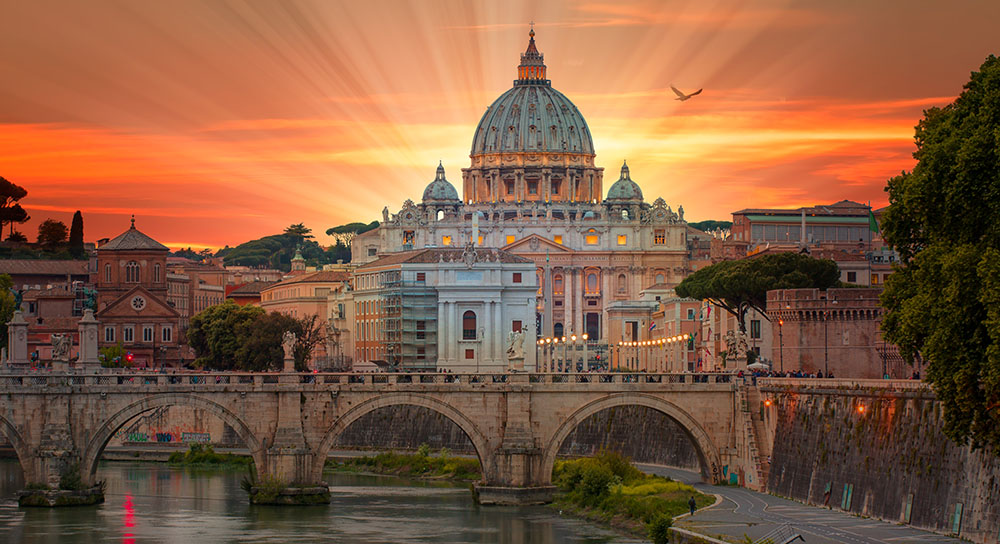
A breathtaking glimpse of the historic centre of Rome at sunset
Let us start from the historic centre of Rome, that awarded the UNESCO World Heritage status in 1980, together with the extraterritorial properties of the Holy See in the City and St. Paul Outside the Walls. The site, almost 3000 years old, preserves structures of incomparable artistic value: monuments, archaeological areas, religious buildings, and urban projects from the Renaissance and Baroque ages. Let us admire St. Peter’s Basilica, created by architects, painters, and sculptors such as Bramante and Raffaello, and the Vatican Museums with the Sistine Chapel, the most exciting artistic creation ever produced by human hands. Here Michelangelo Buonarroti, bent over, on a high scaffolding, painted the fresco that the whole world envies us. Now let us enjoy a walk up to Trinità dei Monti, the view of Bernini’s Barcaccia, the Trevi Fountain, and the Pantheon. We climb the Aventine Hill and reach the Priory gate of the Knights of Malta. Here, from a keyhole, you can admire a stunning view of St. Peter’s Basilica, framed by the hedges of the garden. A mystery of perspective also celebrated by the Oscar-winning director Paolo Sorrentino in his masterpiece “La Grande Bellezza”.
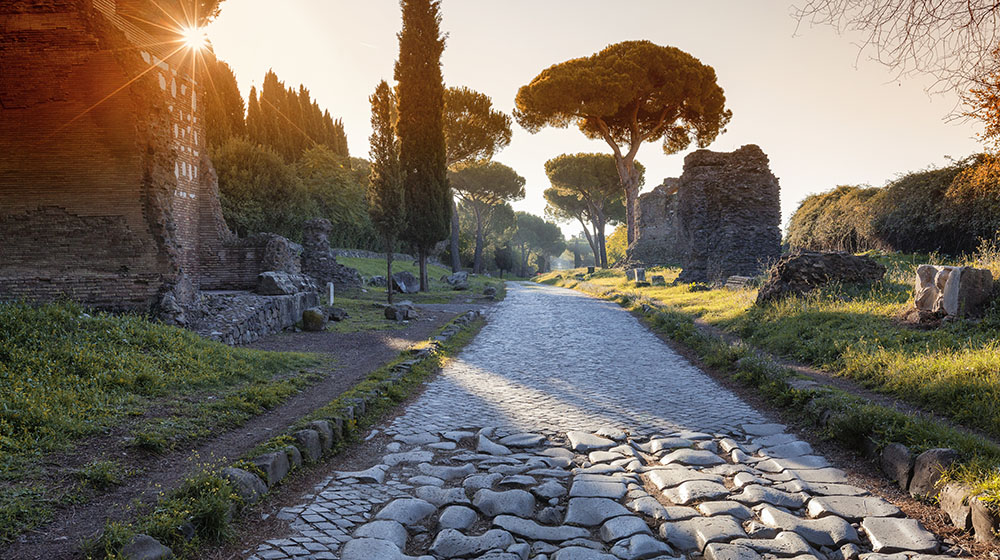
Il tracciato della Via Appia Antica
In 2024, the Via Appia Antica has also been inscribed on UNESCO’s World Heritage List. The Regina Viarum has been the passage of people, goods, ideas, civilizations, pilgrims to the Holy Land, and commanders ready to set sail for the Mediterranean. The stretch from the centre of Rome to the Castelli Romani boasts extraordinary remains of Imperial Villas, Aqueducts, ancient farms, and monuments of absolute interest. A grandiose journey in History, Art and Nature that inspired writers, painters, poets and travellers of all times.
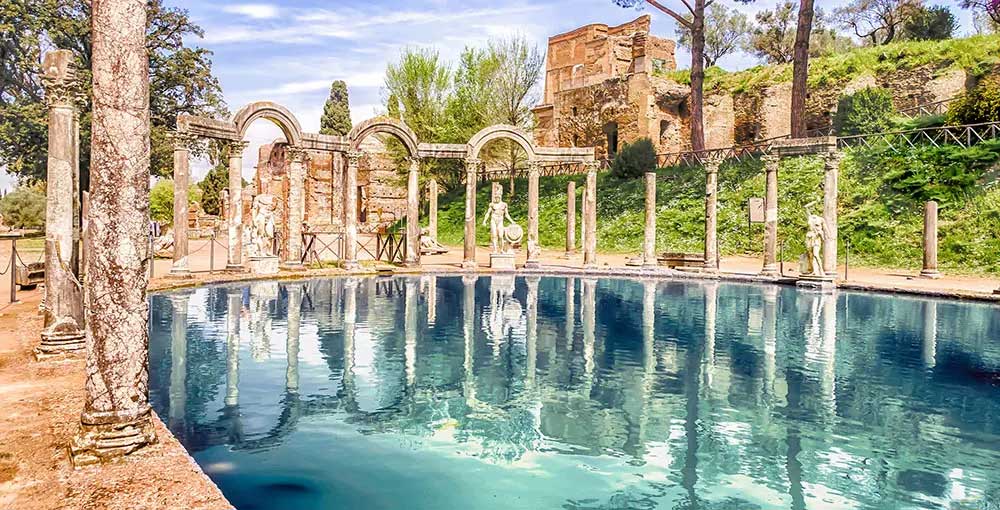
Hadrian’s Villa in Tivoli
In the list of UNESCO World Heritage Sites in Lazio, we find the wonderfulVilla of the Emperor Hadrian and Villa d’Este, both in the pretty town of Tivoli, Villa Adriana, dating back to the 2nd century AD., is the largest Villa belonging to a Roman emperor and testifies to the extraordinary level of skill achieved by the Roman architecture. Although inspired by traditional patterns, the Villa fully reflects the architectural genius of Hadrian, whose creativity flourished here.
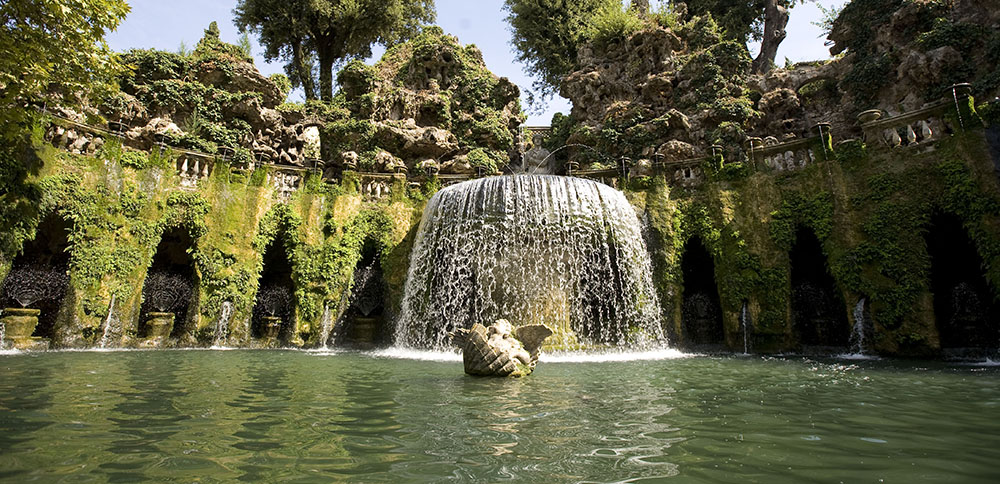
The water games at Villa d’Este in Tivoli
The charming Villa d’Este, built by Cardinal Ippolito II d’Este in 1550, is famous for its many water features that evoke an atmosphere of yesteryear.
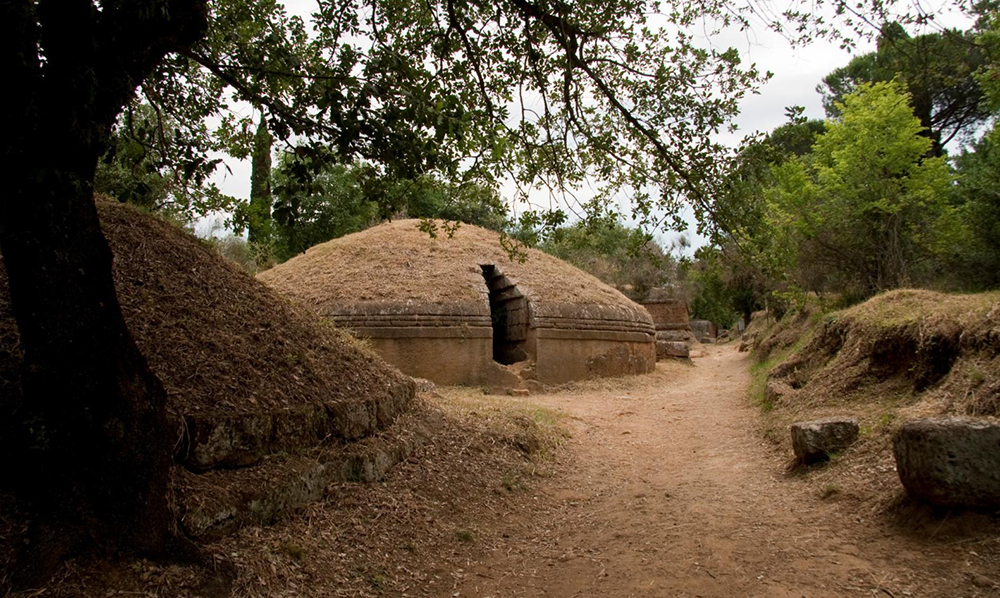
Along the Banditaccia Necropolis of Cerveteri
The Etruscan Necropolises of Banditaccia in Cerveteri and Monterozzi in Tarquinia, fascinating examples of funerary architecture, both entered the List of UNESCO World Heritage Sites in 2004. The enchanting archaeological area of Cerveteri has a real urban pattern, with streets, small squares, and neighbourhoods from different historical periods and tombs varying according to the status of the families. The Necropolis of Tarquinia, covers 150 hectares and preserves around 200 tombs, carved into the rock and accessible by sloping corridors or steps. Here, you will appreciate admirably preserved paintings describing the evolution of the Etruscan civilisation, such as the remarkable ones in the Tomb of the Leopards.
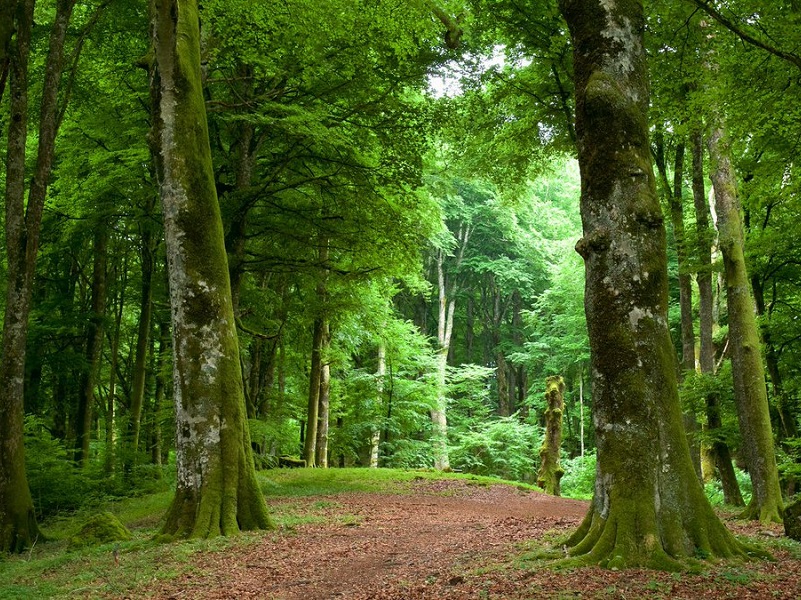
The ancient beech forest of the Cimini Mountains
The ancient beech forests of the Cimini Mountains and Monte Raschio di Oriolo Romano, in the area of Viterbo are part of the “Diffused Site of Centuries-old Beech Forests” from thirteen European countries and became a World Heritage Site in 2017. It is the first award of its kind in Italy, a recognition for the highly natural ecosystems dominated by beeches, and for the uniqueness of the ecological, structure of these trees up to 50 metres tall.
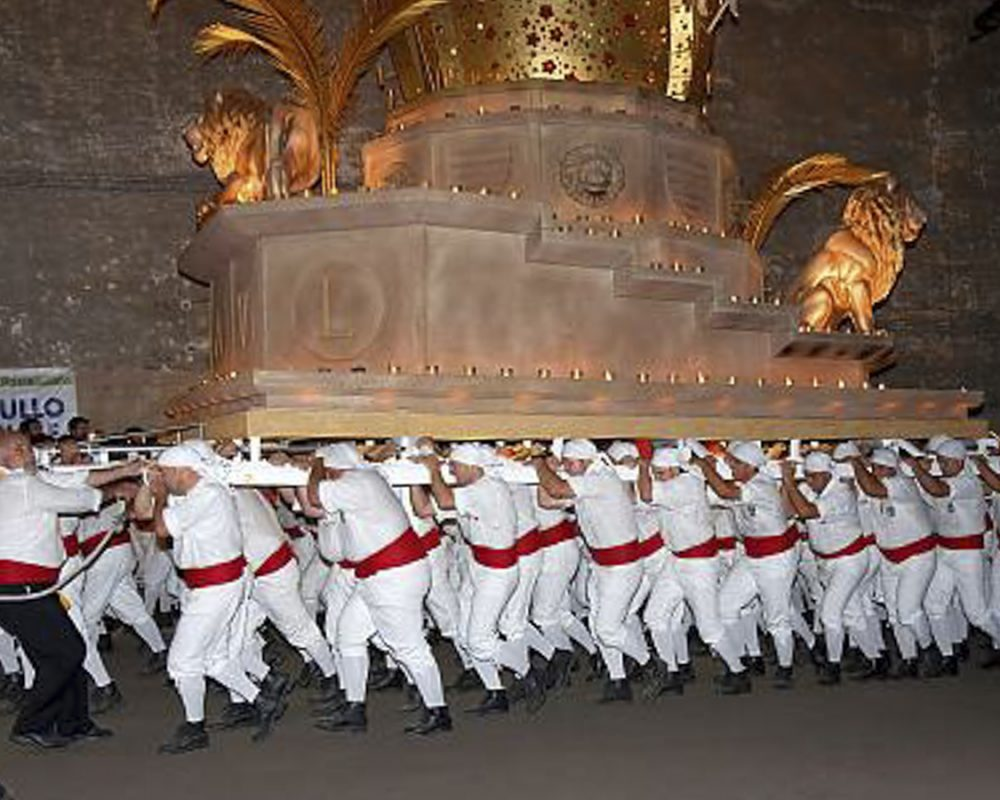
The Macchina di Santa Rosa in Viterbo
UNESCO World Heritage in Lazio also include intangible attractions, such as the Macchina di Santa Rosa in Viterbo. A thirty metres high tower of five tons, with the statue of the Patron Saint, is carried in procession on the evening of September 3 through the streets of the historic centre by about a hundred men called “Porters of Santa Rosa”. The event has been included in the network of the large shoulder-borne processional structures, a UNESCO heritage since 2013.
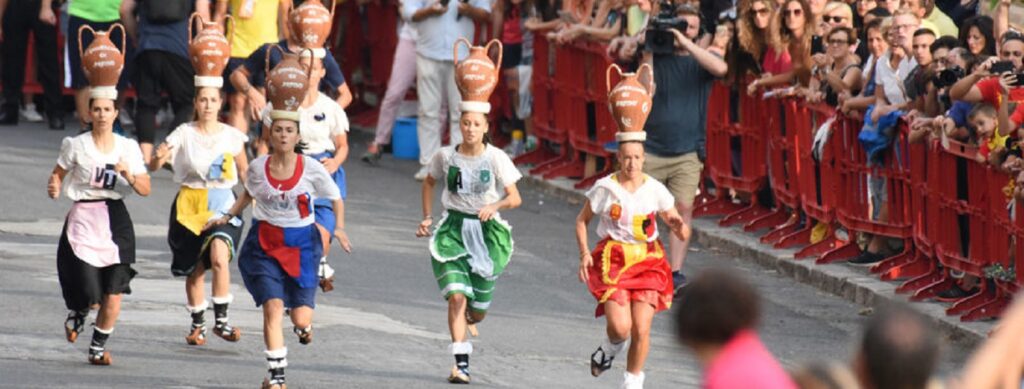
The Race with the Cannata in Arpino
The Arpino Cannata Race is another popular festival part of the long UNESCO list, included among the “Unesco Good Practices for the Protection of Traditional Games and Sports” in 2022. The cannata is a terracotta container once used for carrying home the water from the springs. The race takes place in August in the centre of Arpino, where women carry the cannata firmly on their heads, without using their hands.

The ancient transhumance of the flocks
On December 11, 2019, Transhumance has also entered the list of Intangible Cultural Heritage of Humanity. In 2015. Italy, Greece, and Austria began to promote this ancient farming practice preserved by the communities of the rural areas. Shepherds, in many regions of Central and Southern Italy still carry out the migration of flocks, along sheep tracks. The festival of transhumant shepherds takes place in Ceccano and Amatrice, as well as in other regions: Abruzzo, Molise, Campania and Puglia.
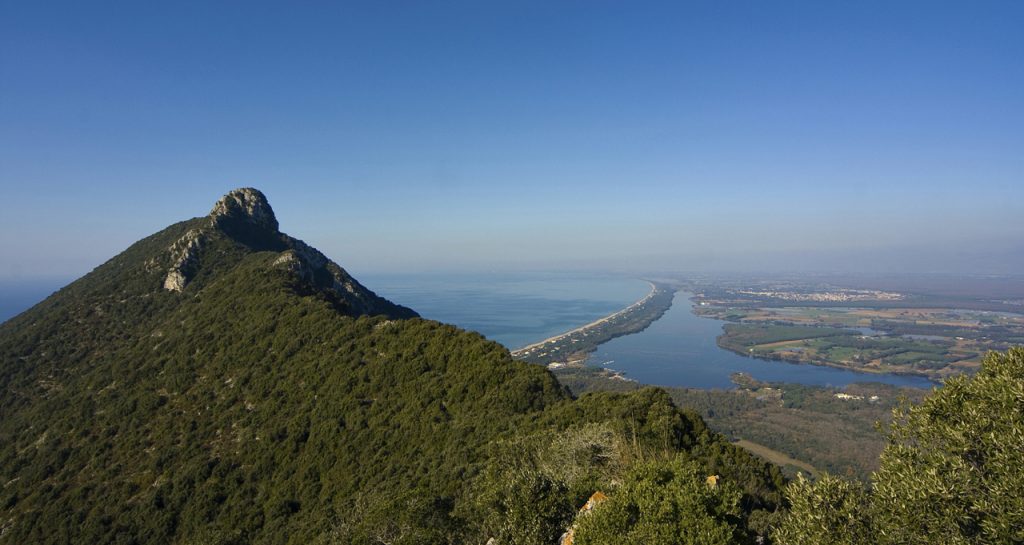
The Circeo Reserve
The Circeo National Park, in the province of Latina, is part of the UNESCO heritage of the Man and the Biosphere (MAB) Project. The Circeo Reserve is one of the 727 Biosphere Natural Oases, where the biodiversity of the original environment is managed in a sustainable way. It includes very different habitats: the Mediterranean dune, the four lakes Fogliano, Monaci, Caprolace and Paola (the largest one), and the Island of Zannone in the Archipelago of the Pontine Islands. In addition, we can find here three marshy areas: the Piscina delle Bagnature, the Piscina della Gattuccia and the Lestra della Coscia. In the background you can admire the Circeo promontory, whose profile recalls the sorceress Circe and the journey of Ulysses and his companions..
